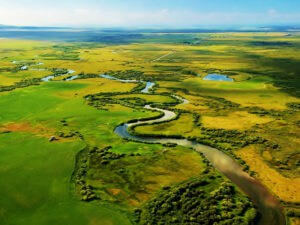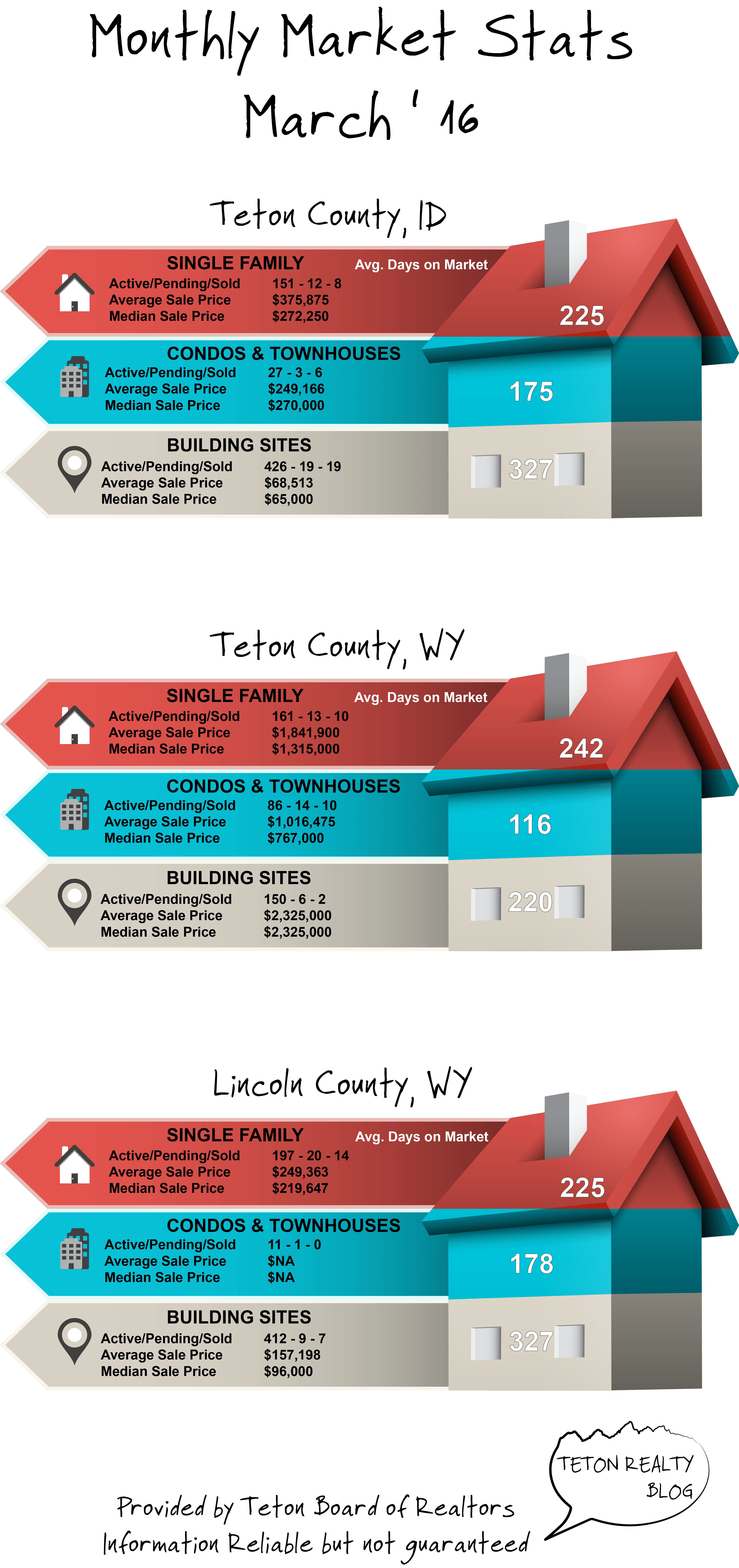Teton Valley, similar to many parts of the country is undergoing a period of substantial growth and movement. The trend isn’t just related to housing, but business development as well. There are many new business gracing our Valley, and Grand Targhee Resort has just announced they are replacing the Blackfoot chairlift in the summer of 2016.
Regarding housing, the trends continue: a substantial decrease in available properties, increased sales volume and lack of new listings; Teton Valley saw a nearly 10% increase in residential sales, with nearly half of all sales in the Victor area. Values are also creeping back up. By comparison, average sales price in the Valley was near $300,000. This number is just below the 2005 pricing prior to the very strong market in 2006 and 2007.
Building sites also progressed in price and in volume. The Valley has nearly doubled the vacant lot sales from 2014 to 2015. Building permits have also risen dramatically, now that home values are making building costs more enticing. All signs point to more rapid vacant land sales and construction following soon thereafter through 2016.
Looking forward to springtime of 2016, we anticipate continued growth in the market with an increase in construction. Demands for housing have driven the pricing for rentals and purchases higher than past years. Both spec building and owner building will once again command our market, but in the meantime, we continue to see steady, incremental price increases throughout the Valley.

 Water rights are an important part of any real property with rights in Idaho. They are not insured by a standard title insurance policy, so it’s important that you have an understanding of your property’s rights. I am not going to focus too much on how to obtain a water right, (it’s a complex process) but rather a general scope of the types, and uses for these rights. To start, I will describe what a water right is.
Water rights are an important part of any real property with rights in Idaho. They are not insured by a standard title insurance policy, so it’s important that you have an understanding of your property’s rights. I am not going to focus too much on how to obtain a water right, (it’s a complex process) but rather a general scope of the types, and uses for these rights. To start, I will describe what a water right is.
